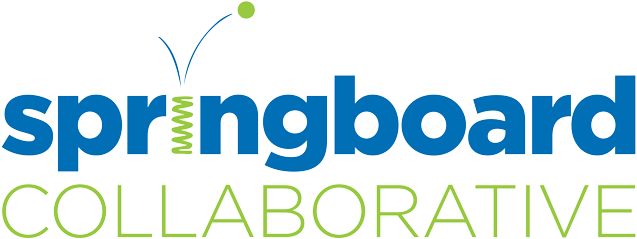Now that we’ve unpacked why Springboard’s curriculum aligns with the science of reading, we’re going to focus on how the science of reading is interwoven throughout our curriculum. Springboard’s curriculum can be broken down into two categories: code-based reading and meaning-based reading.
Code-based reading
Code-based reading refers to the elements of reading that help students decode words, including phonemic awareness and phonics. These two components are essential for students to be able to actually learn how to read words before committing them to memory, not just using rote memorization.
Phonemic awareness is the ability to hear and manipulate individual sounds (otherwise known as phonemes) in speech. It’s the foundation for learning to read because it helps children understand the 44 sounds in the English language, allowing them to blend those sounds together into words. Phonemic awareness skills are also a precursor for learning letters or letter names, which can help kids learn to read on their own. Phonics, on the other hand, is where students learn to match the sounds of language with their spellings. Phonics can also help make spelling easier because it helps students remember how letters sound together in words (for example, “c-a-t” or “k-i-t-e).
Both phonemic awareness and phonics are present in our Reading Readiness and Phonics curriculum. Students will learn skills like rhyming, alliteration, onset (beginning of word up to vowel sound) and rime (vowel sound and ending of the word), and syllable identification by sound (e.g., clapping out syllables in words just by hearing the word). They’ll also learn how to make connections between letters and sounds with increasingly complex sound patterns. Furthermore, we include carefully sequenced, systematic, explicit instruction on sound spellings in which students will practice learning how to decode sentences and passages.
Meaning-based reading
While decoding the word is an essential part of reading, reading is about more than just connecting sounds to letters. Our meaning-based aspects of reading include fluency, vocabulary, and comprehension, taking the next step from understanding what the word is to understanding what the word means.
Fluency is the ability to read at a normal pace and keep up with the words on the page. When kids read fluently, they can also improve their comprehension skills, which helps them learn more. In our Shared Reading curriculum, the teacher reads a text aloud that the children can all see (with individual books or on a projected screen). This model helps students work on accuracy automaticity, and intonation, making them smoother, more fluent readers.
Vocabulary helps students learn from what they read. Students understand what they’re reading when the word is fully understood in the context of the text. Having a robust vocabulary also helps students understand how words are paired together to form sentences and other important grammar rules. As part of our Read Aloud curriculum, we focus on the explicit teaching of word-learning strategies that help students identify syllables in a word, understand the meaning, and use it properly in a sentence.
Comprehension is the process of understanding what you read as a whole (rather than just understanding individual words). As students read, their brains are working to make sense of the words on the page. They use context clues, background knowledge, evidence from the text, and inference skills to help them understand what they are reading. Comprehension is an integral part of both our Read Aloud and Writing Time curriculum. Classrooms are provided with a careful selection of both nonfiction and fiction texts to grow children’s content background knowledge and joy of reading. Through the exploration of complex text sets, students learn to understand complex language and language structure. They begin to build both word knowledge – vocabulary – and world knowledge – context. During writing time, students use this knowledge to express themselves in opinion, informative, and narrative writing.
At Springboard, each curricular component builds upon the previous and each component helps students meet the overall goal of being proficient readers and writers. Stay tuned to learn more about how we implement our systematic instructional model–from training teachers to partnering with families to support student learning!

